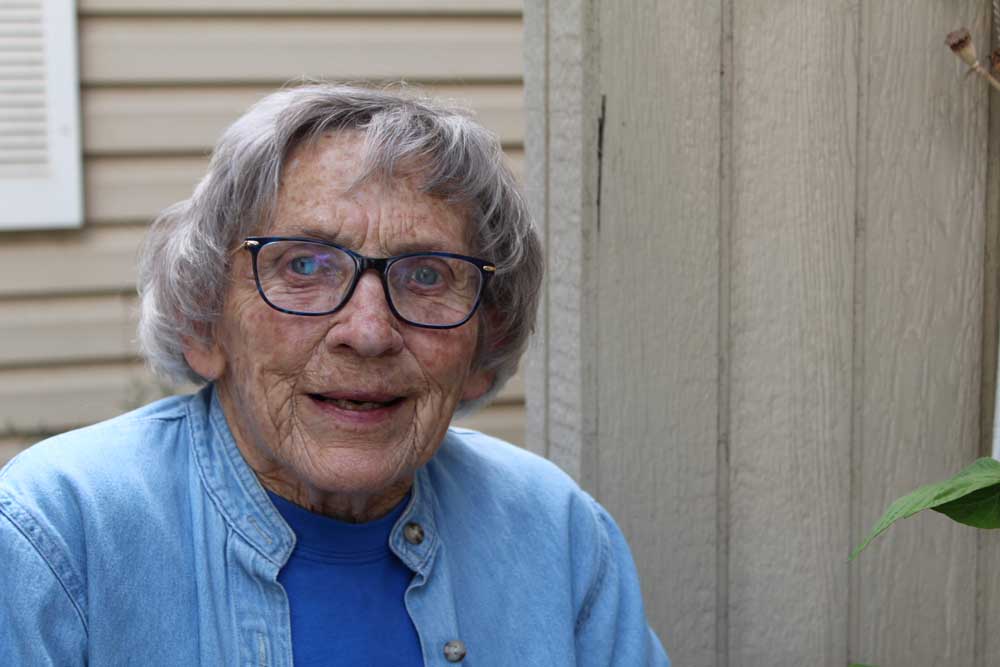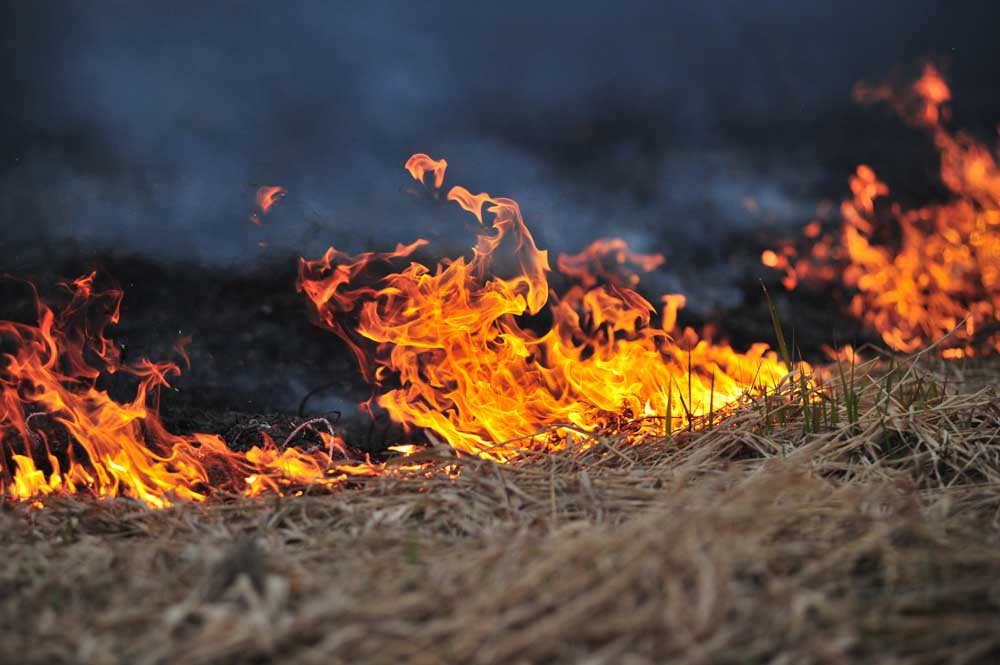Gardening corner: Color of the year doubles as pollinator attractor
Published 3:00 am Sunday, February 4, 2024

- Liz Douville
There have been many news feeds regarding The Color Purple: prize-winning novel, movie, Broadway musical and of course awards for actors and directors. Not so with The Color Orange, except for one award.
Pantone has declared Peach Fuzz (orange) The Color of the Year. According to Pantone Peach Fuzz is “a cozy and comfortable hue nurturing compassion and heartfelt kindness.” Pantone is a symbol for the design-minded often setting color trends in interior design as well as in gardening. Pantone Color Institute is labeled as a ‘Unique Color Authority”.
According to the press release “Peach Fuzz captures all desire to nurture ourselves and others. It is a velvety gently peach tone whose all-embracing spirit enriches mind body and soul.”
Leatrice Eiseman, Executive Director of Pantone offers, “In seeking a hue that echoes our innate yearning for closeness and connection, we chose a color radiant with warmth and modern elegance. A shade that resonates with compassion, offers a tactile embrace, and effortlessly bridges the youthful with the timeless.”
As a gardener, the best reason for me to choose orange, or a hue of orange is because many orange flowers attract pollinators.
For most of history the color was known as yellow-red. Portuguese merchants were importing citrus trees from subtropical Asia into Europe in the late 1400s. The trees produced a clear yellow-red color and were called “naranj.” The word became “orange” in Old French and then in English.
In addition to drawing in more pollinators, consider these reasons to use orange.
Orange is an exciting color and easily the most energizing color on the color wheel. For this reason orange would be a poor choice for a serene meditation garden. The flip side would be that orange would be a perfect choice for a children’s learning garden.
Orange is considered a hot color and always looks best in full sun and midday light. In a shady location it recedes into the background which may not be the effect you want.
Do you like harmony or contrast? Harmony would be color choices that are adjacent colors to orange on the color wheel. Example: orange to yellow-orange to pure yellow. Two much harmony can be boring. Contrast colors are any two colors directly opposite on the color wheel. Example: blue. Too much contrast can be upsetting to the eye.
An effective combination for orange might be combining it with liberal shades in the yellow-to-cream range and planting a shot of blue here and there to give the planting an eye-popping second look.
The choices for pure orange flowers include nasturtium, day lily, marigold, Mexican sunflower, blanket-flower, rose varieties and azalea. There is also a plethora of orange flowers that are fringed with a second color.
Give a gardener a day of warm sunshine and we automatically start thinking of what we are going to plant this year. Maybe you will be inspired to try a little Award-winning Color of the Year-Peach Fuzz (orange).
Time to check seed packages
It’s not time to start seeds, but it is time to check the viability of the seeds you have leftover from last season, or the season before that, or maybe the season before that one. A packet of carrot seeds from 3 years ago surfaced from hiding. The seed viability for carrots is three years.
In an effort to be fairly organized, I date new seed packets with the year of purchase and the expiration date. Many seed companies offer that information on their seed packet. There are seed viability charts available online.
Oregon State University Extension Service recommends the following procedure for checking seed viability:
- Moisten two or three layers of paper towels.
- Place 25 to 50 seeds on the towels and roll the towels loosely. Place them in a plastic bag.
- Keep the towels in a warm place such as on a kitchen counter or on top of a water heater.
Some seed, such as radish, germinates in 2 to 3 days. Peppers can take 10 to 14 days.
Count the number of seeds that have germinated and calculate the percentage of germination. That will give you an indication if you should toss or plant the remaining seeds.








